Council of Europe: Witnesses in Kosovo risk their lives
A Parliamentary Assembly of the Council of Europe (PACE) rapporteur has submitted his report on witness protection in war crimes trials for former Yugoslavia.
Wednesday, 05.01.2011.
16:56

A Parliamentary Assembly of the Council of Europe (PACE) rapporteur has submitted his report on witness protection in war crimes trials for former Yugoslavia. The document should be adopted by the Council of Europe Parliamentary Assembly (PACE) on January 26. Council of Europe: Witnesses in Kosovo risk their lives In it, PACE Rapporteur Jean-Charles Gardetto said that there is no adequate witness protection in Kosovo and that those who decide to come forward risk much, even their lives. The following are excerpts from Gardetto's report entitled "The protection of witnesses as a cornerstone for justice and reconciliation in the Balkans": There is no Witness Protection Law in Kosovo. However, a draft law aimed at protecting witnesses is currently undergoing review by the competent ministries. All five district courts in Kosovo have jurisdiction to hear war crime cases. Regulation 2001/20 of the United Nations Mission in Kosovo (UNMIK) on the Protection of Injured Parties and Witnesses in Criminal Proceedings, grants trial panels the power to implement a series of protective measures. In the most serious cases, witnesses are able to testify anonymously. However, it was made clear to the rapporteur that these measures are useless as long as the witness is physically in Kosovo, where everybody knows everybody else. Most witnesses are immediately recognised by the defence when they deliver their testimony, despite all the anonymity measures. A witness protection unit was first established by UNMIK. However, an OSCE report assessed that this structure suffered from three main deficiencies: lack of sufficient funds; lack of a comprehensive witness protection law and lack of local and international specialised police with expertise in protecting witnesses. In the meantime, EULEX has also set up a witness protection unit and the rapporteur was reassured to see that the unit seems to work very professionally, although it suffers from a chronic lack of staff. There are many limitations to the protection arrangements currently available, not least because Kosovo has a population of less than two million with very tight-knit communities. Witnesses are often perceived as betraying their community when they give evidence, which inhibits possible witnesses from coming forward. Furthermore, many people do not believe that they have a moral or legal duty to testify as a witness in criminal cases. Moreover, when a witness does come forward, there is a real threat of retaliation. This may not necessarily put them in direct danger, losing their job for example, but there are also examples of key witnesses being murdered. The trial of Ramush Haradinaj, the former leader of the Kosovo Liberation Army, well illustrates this. Mr. Haradinaj was indicted by the ICTY for crimes committed during the war in Kosovo but was subsequently acquitted. In its judgment, the Tribunal highlighted the difficulties that it had had in obtaining evidence from the 100 prosecution witnesses. Thirty-four of them were granted protection measures and 18 had to be issued with summonses. A number of witnesses who were going to give evidence at the trial were murdered. These included Sadik and Vesel Muriqi, both of whom had been placed under a protection program by the ICTY. Similarly, a prosecution witness was murdered and an anonymous witness was seriously injured in a market in Zerze on 10 October 2005, after having agreed to testify in a war crime trial. The full name and details of the anonymous witness were published in a local newspaper. As a result of this, at the trial in December 2005, the surviving witness was no longer able to testify anonymously. As noted by the OSCE, in Kosovo “all too frequently, witnesses who initially make statements to the police later change their testimony or become unwilling to testify at trial, because they fear reprisals. Incidents of witness intimidation and injury occur often enough to justify this reluctance on the part of witnesses”. Witnesses who testify anonymously or under a protection program also fear that their identities will be disclosed. Indeed, local newspapers have frequently revealed the identities of protected witnesses. Threats and assaults on witnesses often go unpunished. (FoNet, file)
Council of Europe: Witnesses in Kosovo risk their lives
In it, PACE Rapporteur Jean-Charles Gardetto said that there is no adequate witness protection in Kosovo and that those who decide to come forward risk much, even their lives.The following are excerpts from Gardetto's report entitled "The protection of witnesses as a cornerstone for justice and reconciliation in the Balkans":
There is no Witness Protection Law in Kosovo. However, a draft law aimed at protecting witnesses is currently undergoing review by the competent ministries. All five district courts in Kosovo have jurisdiction to hear war crime cases. Regulation 2001/20 of the United Nations Mission in Kosovo (UNMIK) on the Protection of Injured Parties and Witnesses in Criminal Proceedings, grants trial panels the power to implement a series of protective measures. In the most serious cases, witnesses are able to testify anonymously. However, it was made clear to the rapporteur that these measures are useless as long as the witness is physically in Kosovo, where everybody knows everybody else. Most witnesses are immediately recognised by the defence when they deliver their testimony, despite all the anonymity measures.
A witness protection unit was first established by UNMIK. However, an OSCE report assessed that this structure suffered from three main deficiencies: lack of sufficient funds; lack of a comprehensive witness protection law and lack of local and international specialised police with expertise in protecting witnesses. In the meantime, EULEX has also set up a witness protection unit and the rapporteur was reassured to see that the unit seems to work very professionally, although it suffers from a chronic lack of staff.
There are many limitations to the protection arrangements currently available, not least because Kosovo has a population of less than two million with very tight-knit communities. Witnesses are often perceived as betraying their community when they give evidence, which inhibits possible witnesses from coming forward. Furthermore, many people do not believe that they have a moral or legal duty to testify as a witness in criminal cases.
Moreover, when a witness does come forward, there is a real threat of retaliation. This may not necessarily put them in direct danger, losing their job for example, but there are also examples of key witnesses being murdered. The trial of Ramush Haradinaj, the former leader of the Kosovo Liberation Army, well illustrates this. Mr. Haradinaj was indicted by the ICTY for crimes committed during the war in Kosovo but was subsequently acquitted. In its judgment, the Tribunal highlighted the difficulties that it had had in obtaining evidence from the 100 prosecution witnesses. Thirty-four of them were granted protection measures and 18 had to be issued with summonses. A number of witnesses who were going to give evidence at the trial were murdered. These included Sadik and Vesel Muriqi, both of whom had been placed under a protection program by the ICTY.
Similarly, a prosecution witness was murdered and an anonymous witness was seriously injured in a market in Zerze on 10 October 2005, after having agreed to testify in a war crime trial. The full name and details of the anonymous witness were published in a local newspaper. As a result of this, at the trial in December 2005, the surviving witness was no longer able to testify anonymously.
As noted by the OSCE, in Kosovo “all too frequently, witnesses who initially make statements to the police later change their testimony or become unwilling to testify at trial, because they fear reprisals. Incidents of witness intimidation and injury occur often enough to justify this reluctance on the part of witnesses”. Witnesses who testify anonymously or under a protection program also fear that their identities will be disclosed. Indeed, local newspapers have frequently revealed the identities of protected witnesses. Threats and assaults on witnesses often go unpunished.



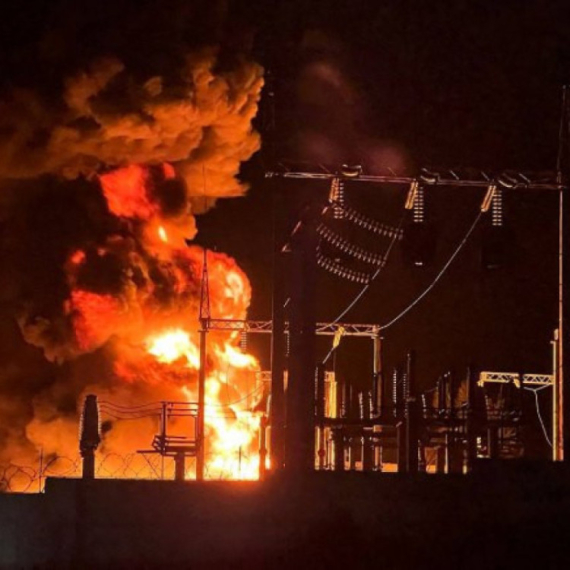
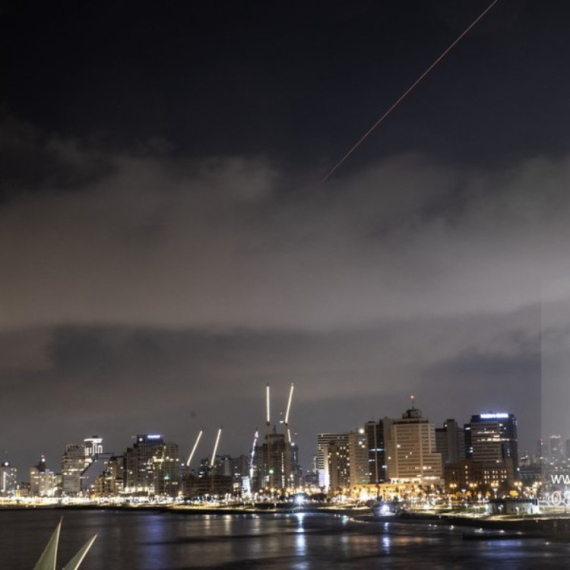





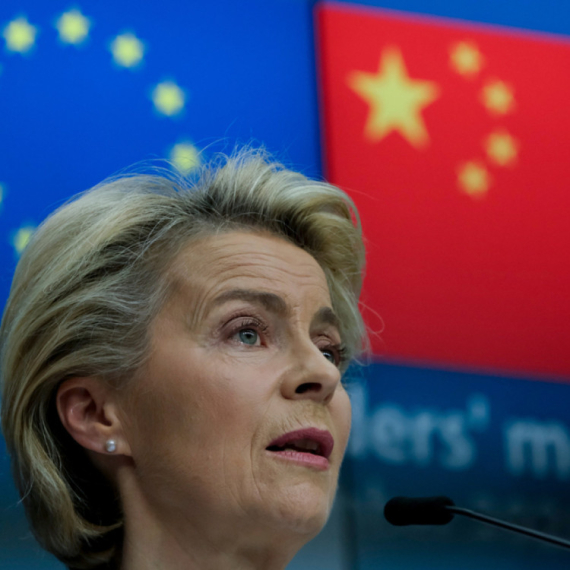



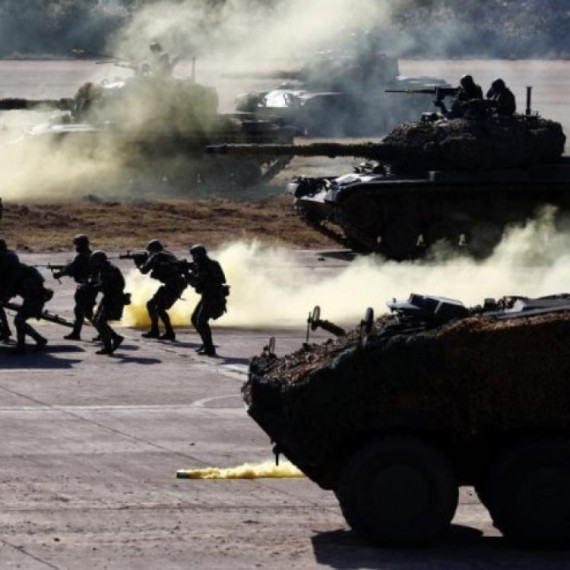

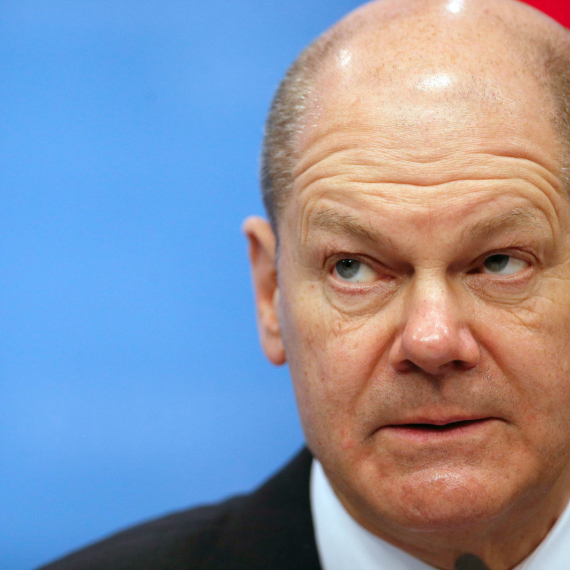
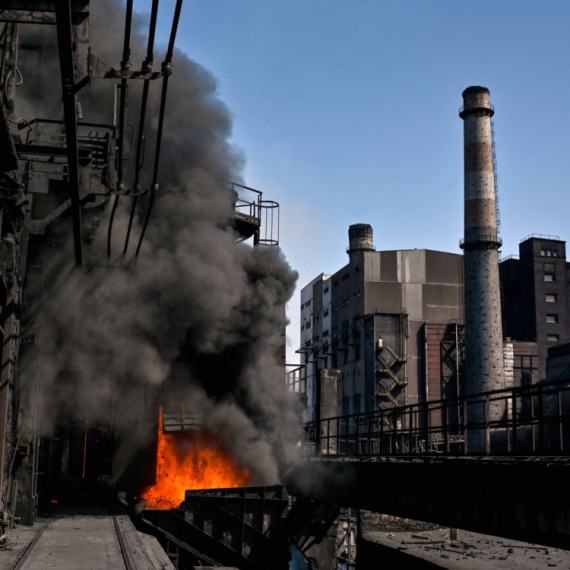


















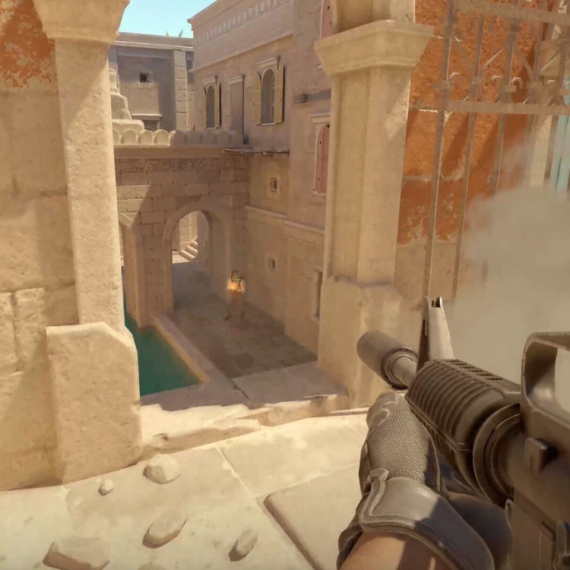
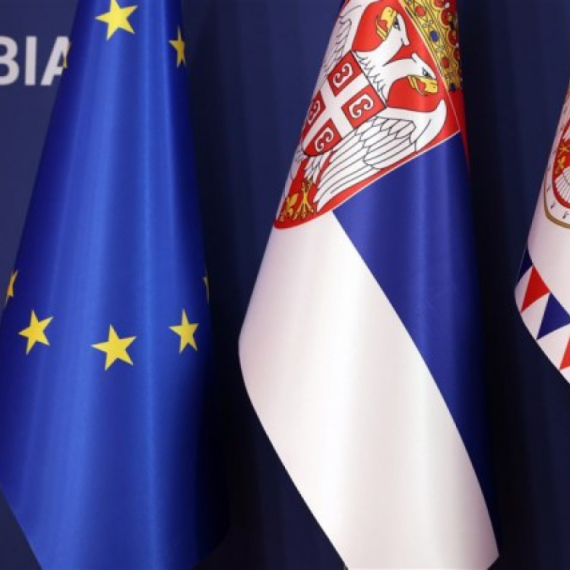
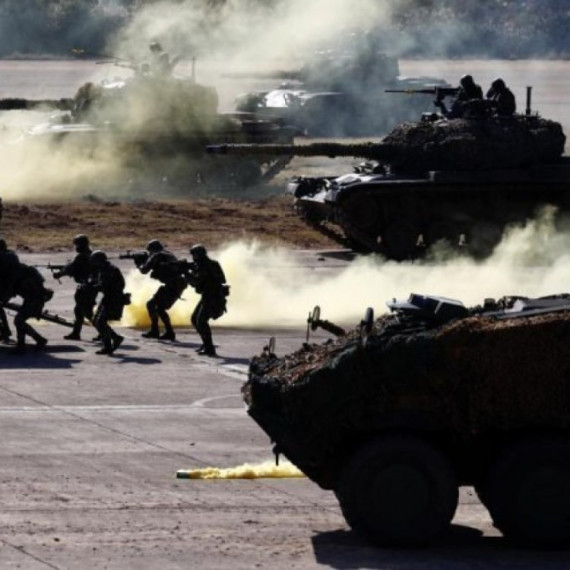
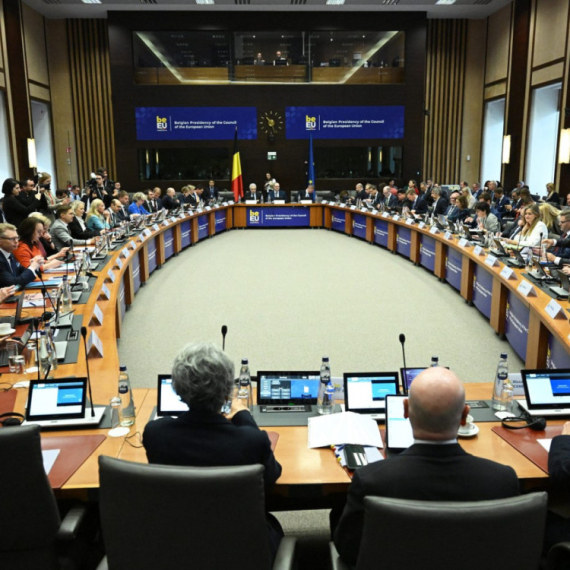
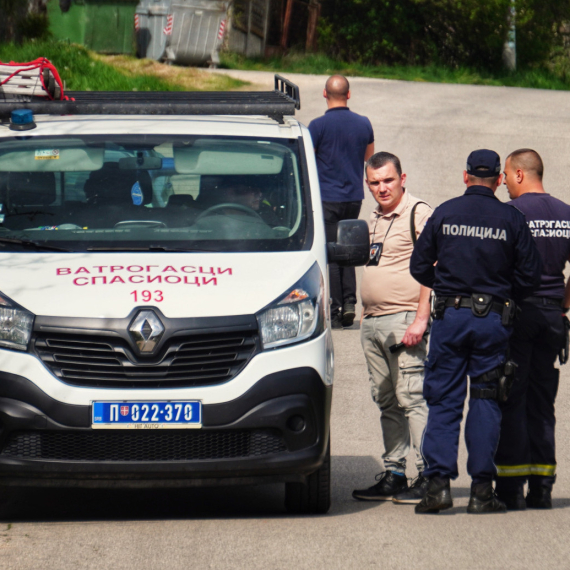
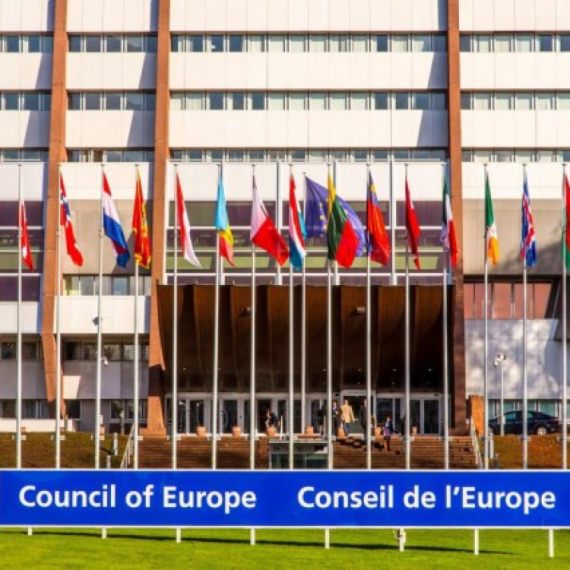







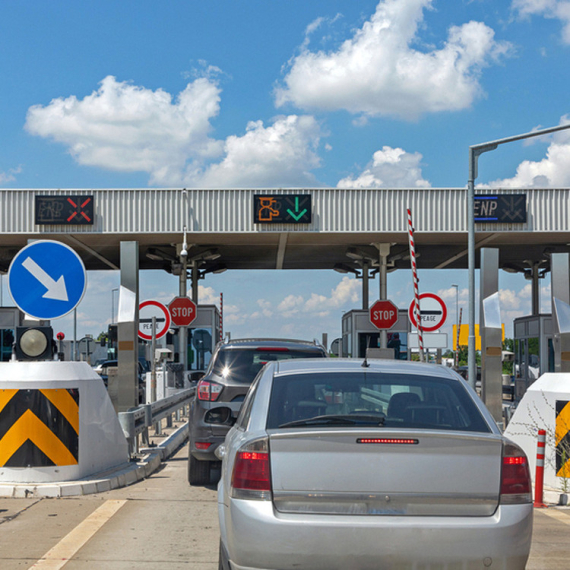


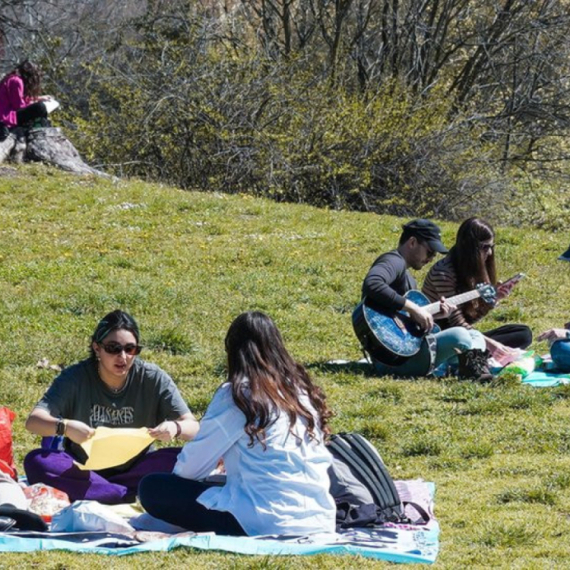
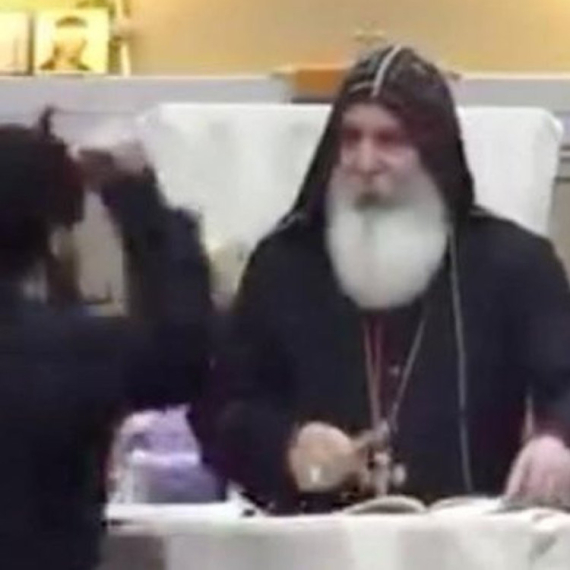
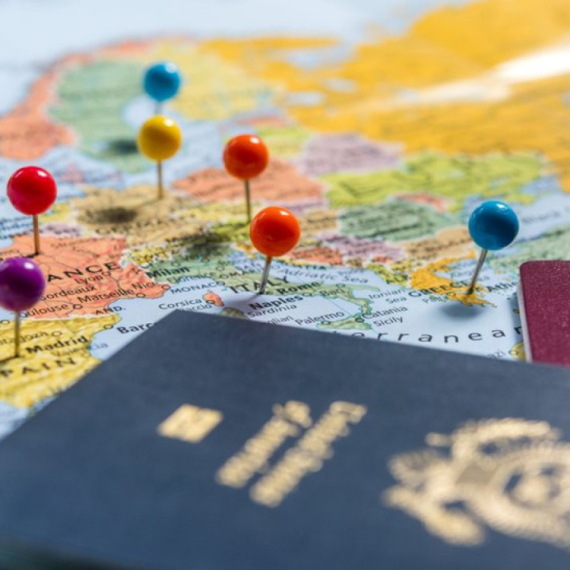
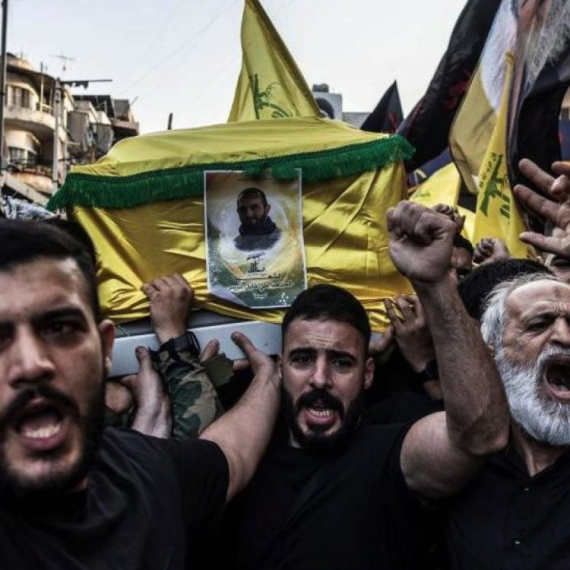


Komentari 20
Pogledaj komentare